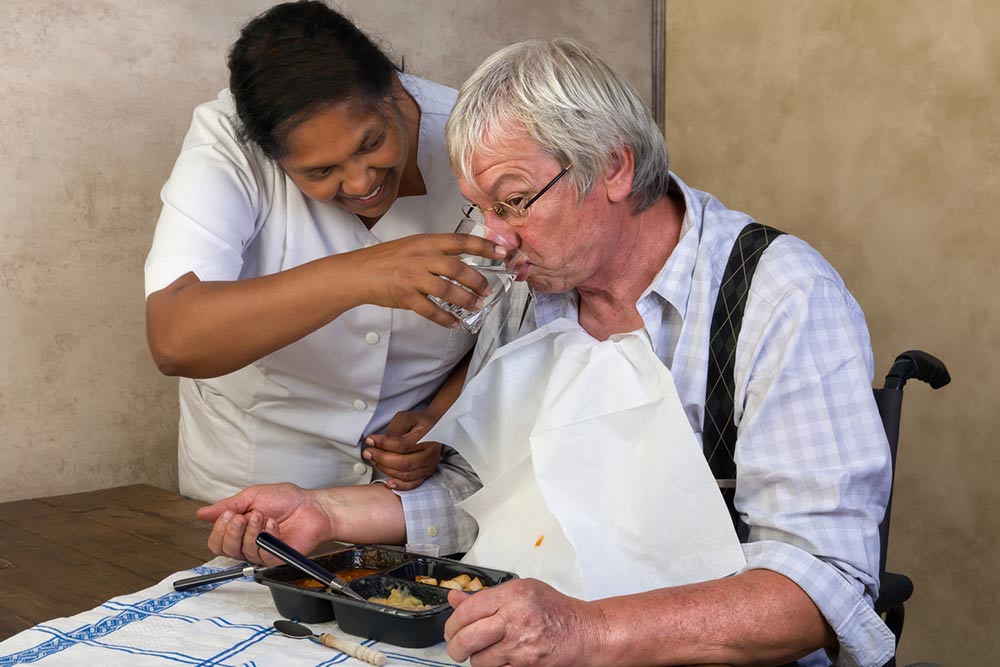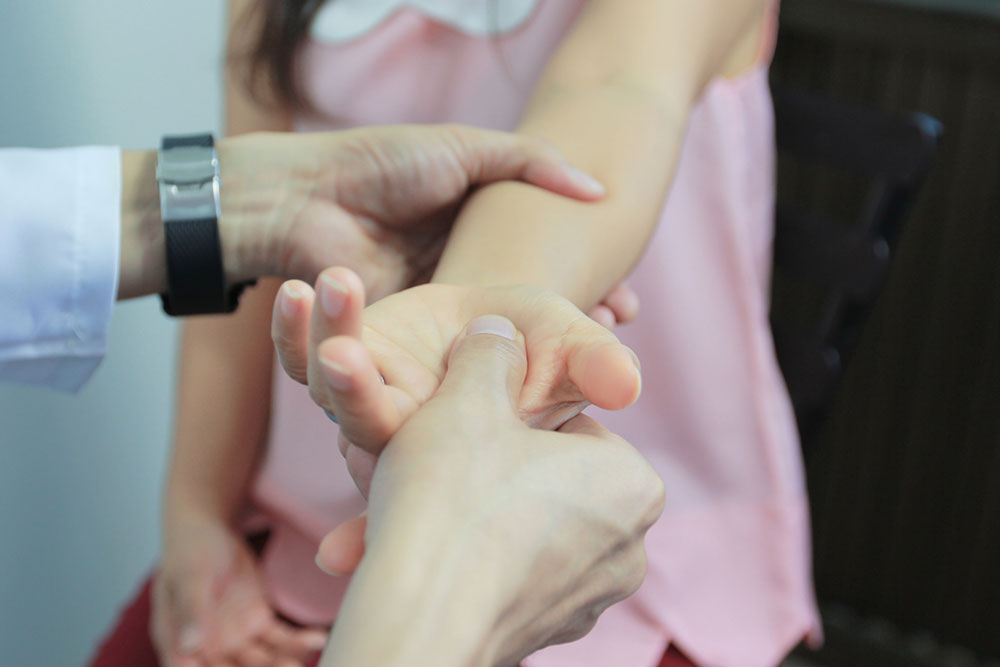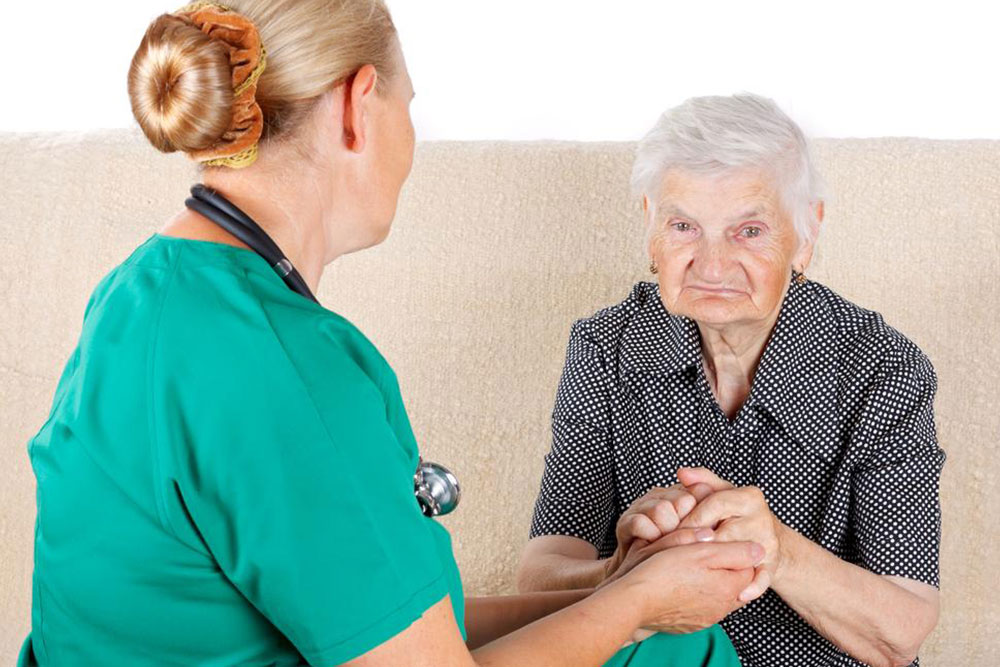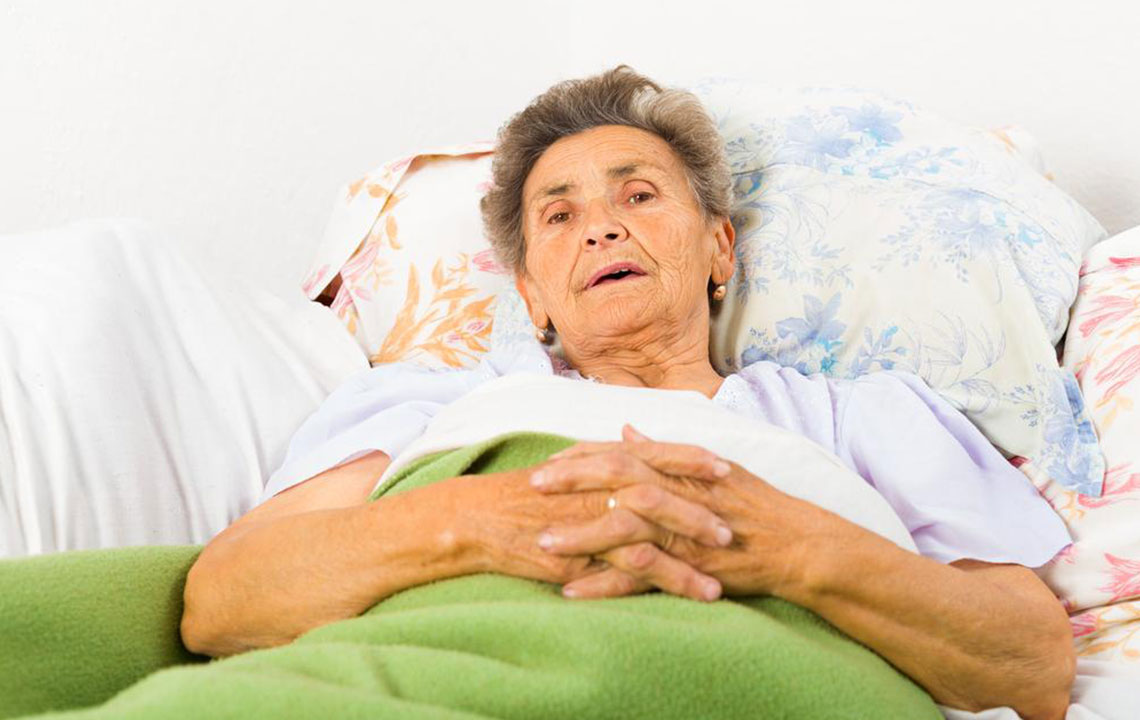Comprehensive Guide to Parkinson’s Disease: Symptoms, Causes, and Treatment Strategies
This comprehensive guide explores Parkinson’s disease, covering its symptoms, causes, and various treatment options. Early diagnosis and tailored therapies can significantly improve quality of life. The article emphasizes holistic approaches such as yoga, Tai Chi, and massage, alongside advanced medical treatments like deep brain stimulation and stem cell therapy. Understanding the disease helps patients and caregivers manage symptoms effectively, promoting better health outcomes and a more active, comfortable life with Parkinson’s.

Comprehensive Guide to Parkinson’s Disease: Symptoms, Causes, and Treatment Strategies
Parkinson’s disease is a progressive neurological condition affecting the nervous system and muscle control. It typically develops gradually, leading to symptoms like slowed movements and muscle stiffness that worsen over time. Early diagnosis and personalized treatment, including medications, therapies, and lifestyle adjustments, are key to managing the condition and improving quality of life. The life expectancy after diagnosis spans 10 to 20 years. Recognizing early signs is essential for effective intervention and better health outcomes.
Common Symptoms of Parkinson’s
Bradykinesia —Movements become slower, making simple activities like walking or standing difficult due to reduced reflexes.
Tremors —Involuntary shaking, particularly in fingers or limbs, often noticeable at rest, with thumb or finger rubbing movements.
Muscle Rigidity —Muscles become stiff, causing discomfort and limiting range of motion.
Speech Difficulties —Speech may sound monotone, slurred, or hesitate, reflecting affected brain areas involved in communication.
Handwriting Changes —Fine motor skills decline, resulting in smaller or shaky handwriting.
Potential Causes of Parkinson’s
Although its precise cause remains unknown, Parkinson’s likely results from a mix of genetic and environmental influences. About 20% of cases are hereditary. Ongoing research aims to uncover definitive causes to develop targeted therapies.
Approaches to Management and Therapy
Yoga and Mindfulness —Practicing yoga improves flexibility, balance, and sleep, while meditation helps lower stress levels that can exacerbate symptoms.
Tai Chi —This gentle exercise enhances coordination and stability, vital for Parkinson’s management.
Massage Therapy —Massages relax muscles, promote better breathing, and reduce symptom severity, boosting overall well-being.
Additional methods include movement exercises, acupuncture, and maintaining a nutritious diet. These holistic measures aim to enhance life quality and symptom control.
Medical Treatment Options for Parkinson’s
Deep Brain Stimulation—A surgically implanted device sends electrical signals to targeted brain regions to control tremors and improve mobility.
Stem Cell Therapy—This approach transplants dopamine-producing neural cells to replace damaged neurons, aiding in movement stability.
Neuronal Repair Surgery—Procedures focused on restoring nerve functions and repairing neural pathways.
Emerging treatments like gene therapy show promising potential. Patients should work with healthcare providers to customize therapy plans suited to their specific needs.


